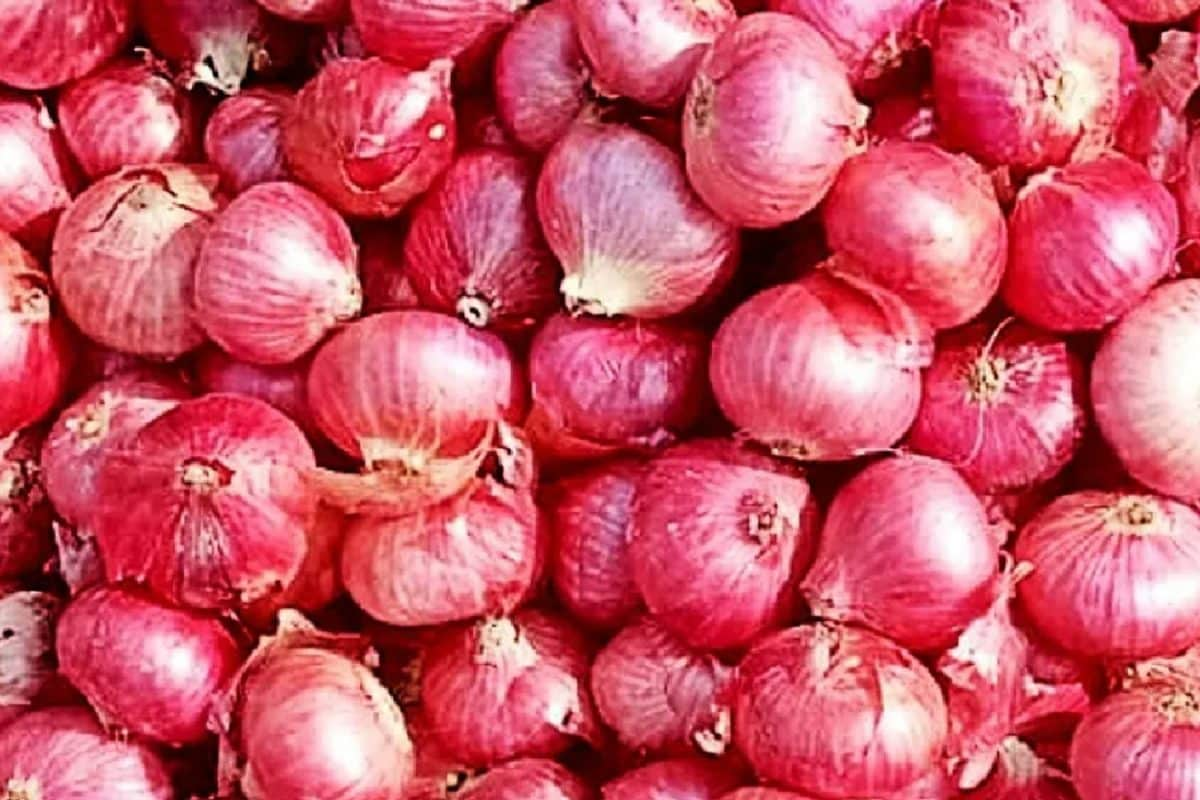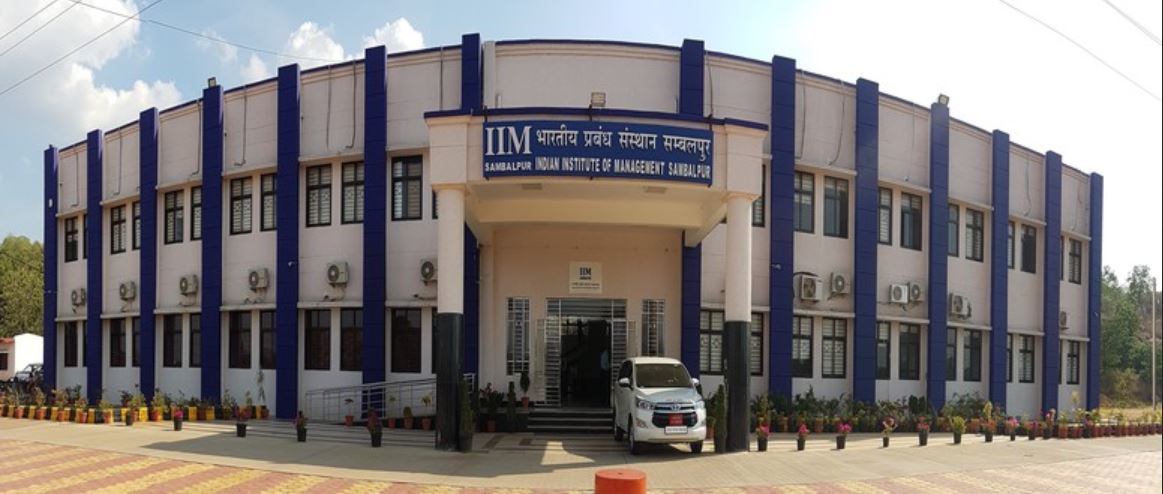Pakhala Bhat
Pakhala Bhat is an Oriya term for an Indian food consisting of cooked rice washed or little fermented in water.
The liquid part is known as Torani. It is popular in Orissa, Bengal, Assam, Jharkhand and Chhattisgarh. The Bengali name for this dish is Panta Bhat.
Eating pakhal has been recommended to prevent heat stroke in hot weather. A traditional Oriya dish, it is also prepared with rice, curd, cucumber, Cumin seeds, fried onions and mint leaves. It is popularly served with roasted vegetables as potato, brinjal, Badi & saga bhaja or fried fish.
Etymology
The term Pakhala is derived from Pali word pakhal. ita as well as Sanskrit word Prakshalana which means washed/to wash and it is made by cooling the rice by adding water and keeping the cooked rice in water and curd. The word Pakhala was used in the poems of Arjuna Dasa in his literary work Kalpalata (1520-1530 AD).
History
It is unknown when “Pakhala” was first included in the daily diet of Eastern India, but it was included in the recipe of Lord Jagannath Temple of Puri during circa. 10. Pakha?a is eaten in the eastern part of the Indian subcontinent (including Nepal, Bangladesh and some parts of Myanmar). Rice being the most cultivated agricultural product is the predominant cause of most of the people to have rice as a staple food.
Classifications
- Jeera Pakhala
- Dahi Pakhala
- Garama Pakhala
- Basi Pakhala(Basi Bhat)
Recipe
Cook rice and allow it to cool (do not freeze).
Fry some cumin seed and grind it to fine powder.
Add curd and fried cumin seed powder, coriander leaves and salt to taste.
Serve it with fish fry and spinach.
Traditional way of preparing Pakhala: Pakhala is slightly fermented rice. people cook rice and add water to it along with little bit of old pakhal (something like making curd using milk and old curd). Pakhala tastes best when served after 8 to 12 hrs after preparation. Generally boiled potato and other fried vegetables or fried fish is served with Pakhala. Modern day variation is to add curd instead of fermenting it.






 IIM Sambalpur
IIM Sambalpur
Leave a Reply